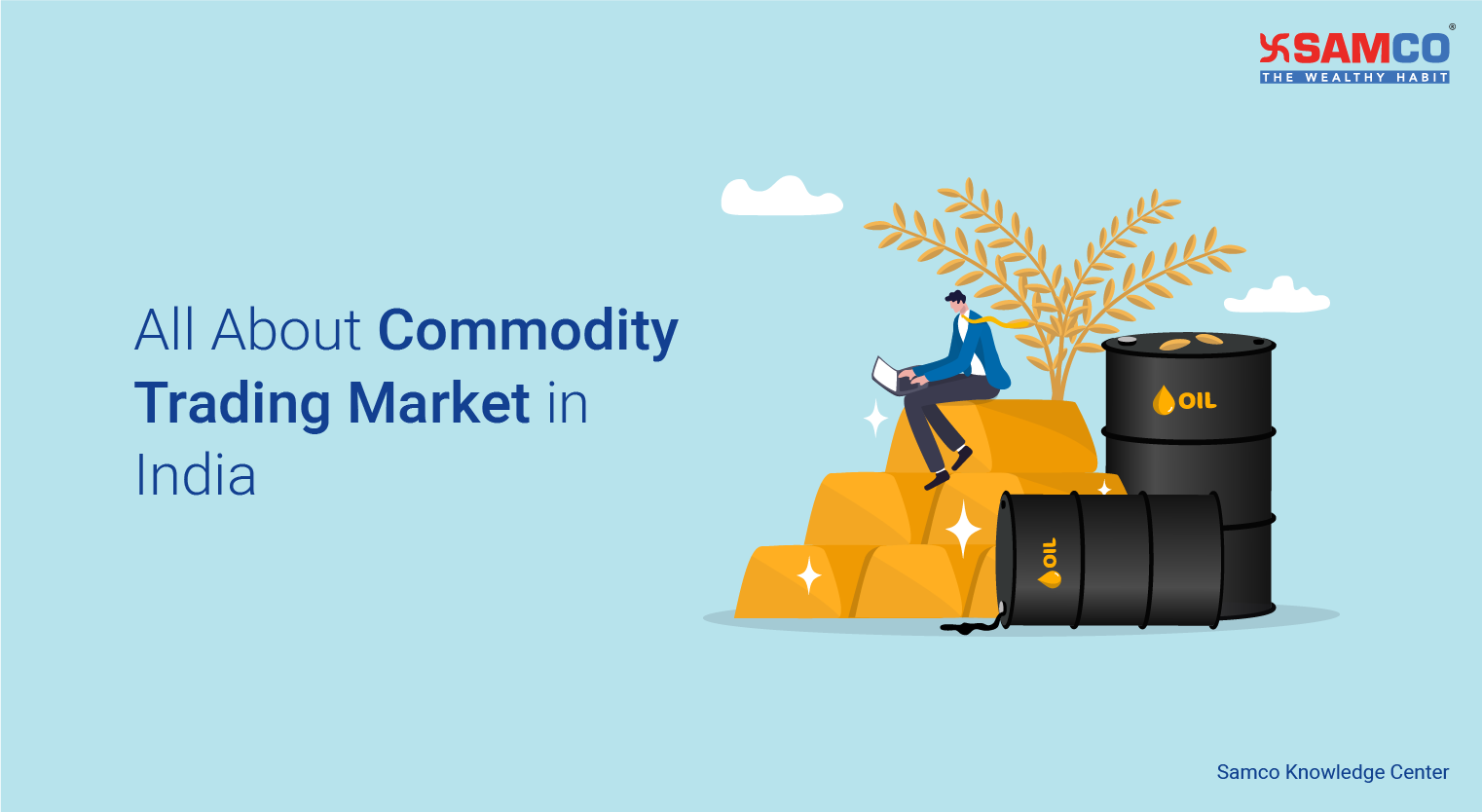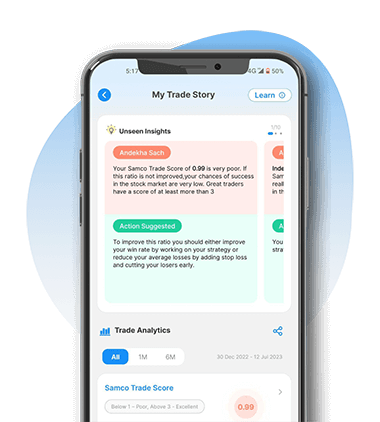
What is a Commodity Trading Market?
A commodity trading market is a marketplace where you can buy, sell and trade in commodities. The commodity trading market can be both physical and virtual (stock exchange). There are 4 types of commodities which can be traded in a commodity trading market:- Metals - Gold, Silver, Platinum, Copper etc.
- Energy - Crude oil, Gasoline, Heating gas etc.
- Agriculture - Wheat, Rice, Cocoa, Ragi etc.
- Livestock & Meat - Eggs, Cattle etc.
Where does commodity trading take place in India?
There are 4 major commodity trading exchanges in India:- Multi Commodity Exchange of India, MCX
- National Commodities and Derivatives Exchange Limited, NCDEX
- Indian Commodity Exchange, ICEX
- National Multi Commodity Exchange of India, NMCX
Commodity Trading Markets in India
The commodity trading market in India is an electronic trading platform for market participants to buy and sell commodities. The two main commodity trading markets in India:- Multi Commodity Exchange of India, MCX
- National Commodities and Derivatives Exchange Limited, NCDEX
Types of commodities traded in India on MCX
- Bullion like Gold, Silver, Platinum
- Energy like natural gas, crude oil, gasoline
- Agricultural products like castor seeds, cardamom, black pepper, cotton.
- Metals like lead, zinc, copper, nickel
What is the full form of NCDEX?
The full form of NCDEX is National Commodity & Derivatives Exchange Limited. NCDEX was incorporated as a public limited company on 23rd April 2003 and began operations on 9th May 2003. NCDEX was recognised as a deemed stock exchange on 28th September 2015 under the Securities Contracts (Regulation Act), 1956. NCDEX is regulated by SEBI and is headquartered in Mumbai. NCDEX allows trading in 23 commodities; highest across the global commodities market.What is traded on the NCDEX?
The NCDEX allows trading in 23 commodities, highest among all commodity trading markets.- Cereal & Pulses: Chana, Barley, Bajra, Wheat, Moong, Maize, Paddy(Basmati).
- Fibres: Kapas, 29mm Cotton
- Spices: Turmeric, Coriander, Jeera
- Oil & Oil Seeds: Castor oil, cotton seed oil cake, soybean, refined soy oil, mustard seed, crude palm oil, sesame seeds
- Soft: Gur
- Guar complex: Guar seed (10 MT), Guar gum refined splits.
- Index products: AGRIDEX
Who are the participants in commodity markets in India?
Like the stock market, the commodity trading market is also dominated by:- Hedgers
- Speculators
Why should you trade in commodity markets in India?
Commodities markets are the perfect way for you to hedge your equity portfolio. Commodities and equities have a negative correlation. So, when equity markets fall, commodity markets rise and vice-a-versa. Hence commodity trading helps you manage the stock market risks. Certain commodities like crude oil, gold, copper offer high trading volumes. If you do not want to directly trade in the commodities market, then you can also invest through mutual funds.How can you invest in the Commodity market in India?
There are 5 ways of investing in commodity markets in India:- Investing in commodity ETFs
- Investing in commodity mutual funds
- Investing in commodity options
- Investing in commodity futures
- Investing in physical commodity






Leave A Comment?